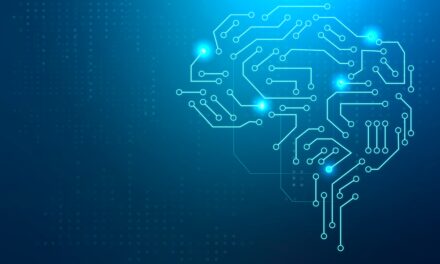
Agents of the SaaS Apocalypse

The biggest disruption to the software industry wasn’t AI—it was something we’ve been familiar with for much longer.
Chat.
Until we were all given the option to “Message ChatGPT”, the way we interacted with software was through search and navigation.
Chat existed, but it was either used for conversations with other humans or as a source of frustration with unhelpful bots, leading the user to write “TALK TO A HUMAN BEING RIGHT NOW” to get re-routed.
Enter ChatGPT
In the blink of an eye everything changed and we could have an intelligent conversation with an AI. It rapidly rose to become the fastest growing site of all time (source) and the era of GenerativeAI came to life (you know what I mean).
Every software company on the planet raced to incorporate AI into their offerings. They started building copilots into every feature imaginable, and… completely missed the point. Notice how ChatGPT doesn’t have 17,000 features? Despite being possibly the most use-case diverse product of all time.
What it does is meet the user where they want to be met.
The biggest problems with software in B2B are not about features and capabilities. There are so many tools that do so many things and have the potential to solve so many problems.
Yet 48% of software sits on the shelf and 95% of buyers state they have made bad purchases. (Source & Source)
The problem is that they don’t meet the user where they want to be met.
Businesses that rushed to install chatbots also assumed that AI would only ever be interacted with via that medium, which again… shortsighted.
A clunky voice experience became low latency and borderline real-time. Microsoft Sam style voices became indistinguishable from human beings including the ability to display emotions. Even engaging via video with avatars is now trending in the same direction.
The old way was archaic
The big picture, that so many people are missing, is that this new wave of technology allows us to… meet the user where they want to be met.
Here’s a very simple and clean example:
Content Management Systems used to require you to get a question from a client (i.e. email), go to a new tab, open a library of content, search through thousands of documents where the search is powered by manual tags, find a document, check if it’s relevant, repeat, repeat, repeat, download, upload, send.
Now → email comes in → notification goes off → one click → send.
Software has historically been built with limitations at the forefront of its design. You decide what the final job-to-be-done is, then you work backwards into a functional solution.
No more gaps
Adoption of software, sales training, management training, corporate policies all aim to move somebody from doing A to doing B. The bigger the difference, the less likely the individual is to make the jump.
ChatGPT disrupted design because the user wanted to interact with an AI, that was the job-to-be-done. The distance between A and B was zero. It worked.
When a GTM team buys software, they do NOT do it because they want to use software.
The more that software diverges from their workflow, the bigger the gap. The more that takes a rep, manager or leader away from their revenue-related task, the bigger the gap. The bigger the gap, regardless of the gain, the lower the adoption.
This is why software sucks, has always been an uphill battle and always will be. Think about it, businesses employ people whose literal entire job is to get people to use software which is on-demand by design.
When most people buy software, especially in GTM, it’s to extend their reach, to add efficiency. Another way to do that is hiring more people. But, software promises a number of advantages, both financial and otherwise that make it such an attractive proposition. In fact, tools that fall outside of that scope are often the tools that face minimal adoption challenges, as they integrate naturally into workflows and become indispensable—like video conferencing platforms.
Now here’s the rub…
We go to software to do a job. The process of going there in the first place and then finding your way to the job is arduous and in many cases, nonsensical.
Technology allows the job to be brought to us.
The job tends to be something a human can do.
Stop trying to build features. Features create distance.
This, in the simplest of terms, is why AI Agents, who join your team, join your workflows, and come to you, will destroy software as we know it.
SaaS is dead. Long live SaaS.

































This article is on point!! “Stop trying to build features. Features create distance.” is pure fire.